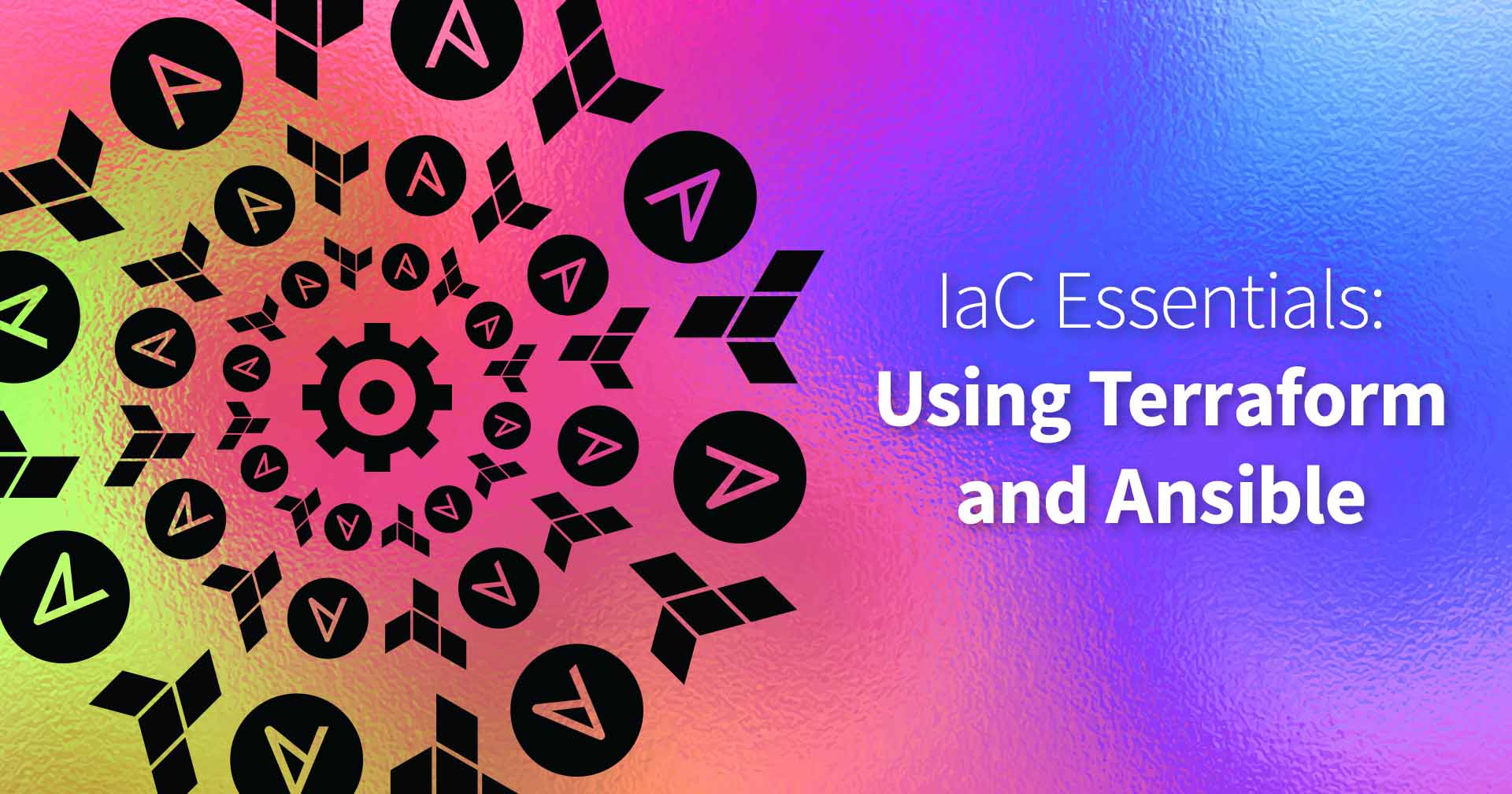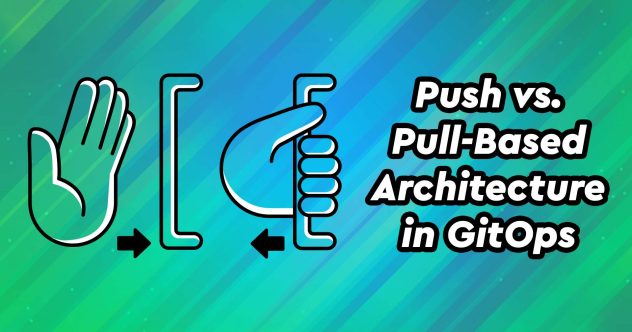Using configuration files to create repeatable templates to manage your infrastructure is key to deploying resources and managing configurations at scale. Templatizing all the things allows you to set up consistent development environments, save time, and significantly reduce the potential for human error.
Terraform and Ansible are two of the most popular Infrastructure as Code (IaC) tools and have some overlapping functions and principles, but each tool solves its own unique set of automation and infrastructure management challenges. So instead of thinking of them as either/or solutions, set up your management practices to use both from the start.
What is Terraform?
Terraform is an IaC tool built by HashiCorp that focuses on creating, modifying, and destroying servers and cloud resources. Terraform is written in Go, and allows you to create declarative blueprints that describe what your infrastructure should look like at its end state.
Terraform also offers plugins called “providers” to integrate with different cloud providers. Terraform can create and destroy resources on your behalf via a read/write API token and execute a .tf file that contains API endpoints. But before you actually take action via Terraform, you can use other commands to show a preview of changes that will take place, describe the current state of your .tf file, and display detailed information about a resource.
What is Ansible?
Ansible is a configuration management tool that provisions software and executes configuration commands on a variety of application infrastructures, including virtual machines and network devices. Ansible operations are written in human-readable YAML syntax known as Ansible playbooks. They operate like a to-do list of tasks that Ansible completes for you.
Ansible is procedural, executing commands in a specified order. A playbook cannot execute unless the infrastructure configuration meets specific criteria, which makes it easy to identify inconsistencies and issues with individual resources. In its simplest form, an Ansible Playbook will define a group of target hosts, variables to use within the Playbook, a remote user to execute the tasks, and a set of named tasks to execute using relevant Ansible modules.
Terraform and Ansible Shared Attributes
Based on the above explanations, you can understand the differing functions of Terraform and Ansible. However, these tools also work extremely well together based on their commonalities.
- Agentless: Both tools interact with your resources via an API, instead of requiring software or daemons on the target servers.
- Repeatable: Using both in tandem ensures that the same steps can be repeated as needed. For example, if you’re deploying a new environment that needs to resemble your production application environment, you can write a .tf file and playbook to deploy your infrastructure and install exactly what’s needed each and every time.
- Version Control: Your resources and their configuration are declared in code so you can spot exact changes, and roll back changes by executing another .tf file or playbook. However, Terraform’s built-in version control makes it a better state management tool.
- Cloud-agnostic: Manage infrastructure on any cloud provider within each tool’s key resource, and use different templates for each cloud provider for multicloud deployments.
- Time-saving: Get more out of one command or commit. Instead of going through individual steps to deploy infrastructure and/or set up environments, quickly stand up and configure infrastructure using minimal steps.
In summary, Terraform excels at deploying and managing the life cycle of cloud resources, and Ansible is an industry leader in the configuration management of your deployed servers. Use Terraform to build what you want, when and where you want it, then destroy it when it’s no longer needed. Use Ansible to configure your servers and any required software packages on your deployed infrastructure.
If you’re just getting started with using IaC tools, learning to optimize Terraform and Ansible together is the best way to learn. Here are some guides and resources to get you started.
- When to Consider Terraform
- Declarative Cloud Infrastructure Management with Terraform
- Try IaC Ebook and On-Demand Webinar Series with Justin Mitchel
- Akamai Terraform Documentation
- Akamai Ansible Documentation
Ready to use Ansible and Terraform on Akamai cloud computing services? Install the Ansible Collection or download our verified Terraform Provider.








Comments